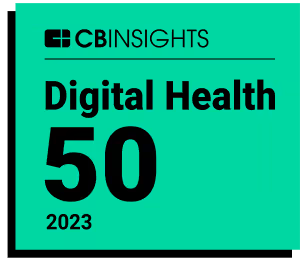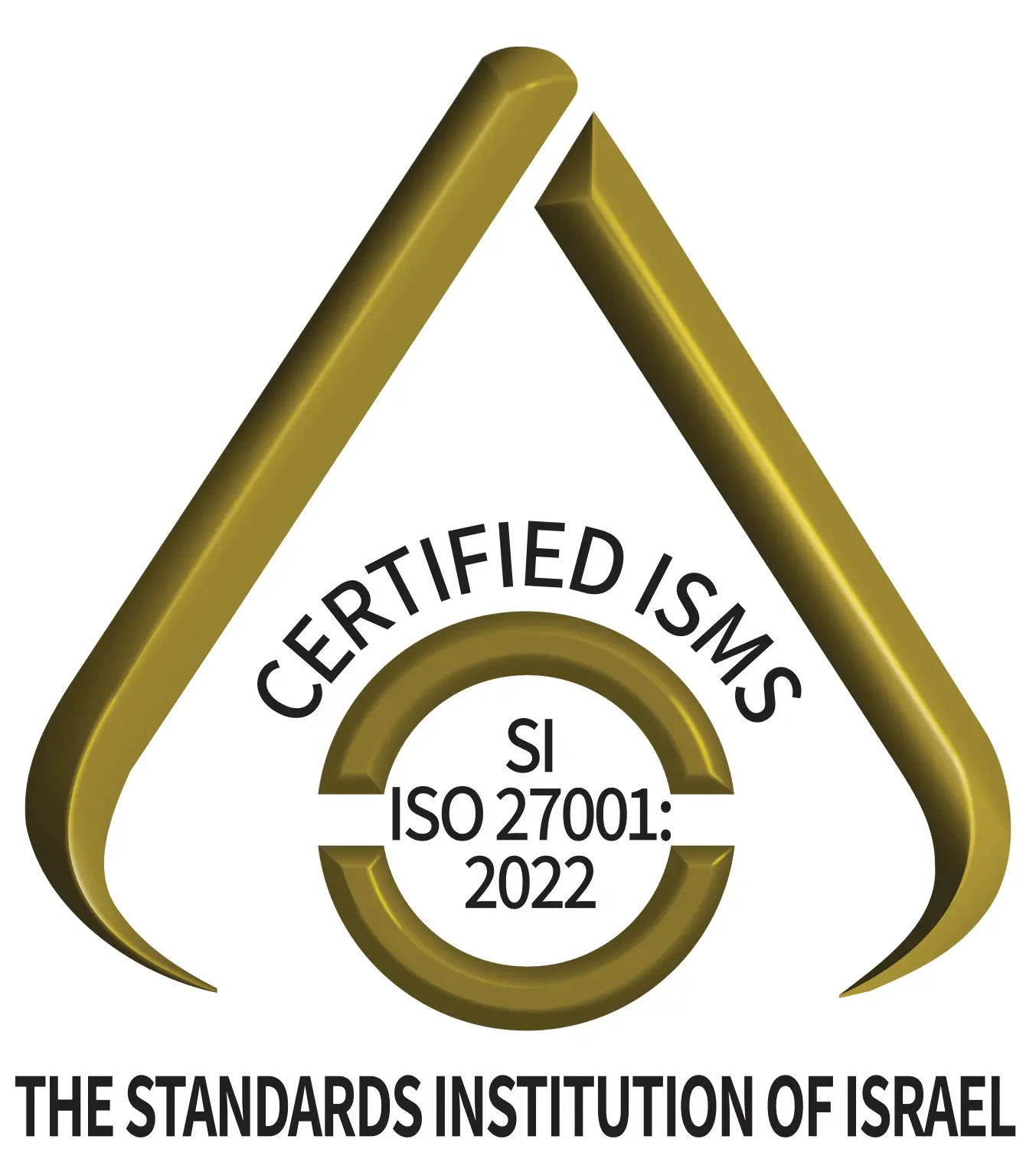Risk adjustment has increasingly become a key tenet in value-based care, crucial for optimal patient care and accurate reimbursement. Capturing patients' health conditions with precision, fine-tuning documentation practices, and maintaining the financial health of healthcare organizations has become an increasingly resource-intensive challenge that demands innovative strategies, sophisticated tools, and unwavering dedication to success.
In a recent online event hosted by Navina and RISE, a panel of value-based experts shared their strategies for navigating the complexities of risk adjustment–organizational, regulatory or clinical–and revealed the tools used by successful value-based organizations to maximize performance. Here are some highlights from the event.
Education is key
Several participants emphasized the crucial role of comprehensive provider education for successful risk adjustment. Joseph Hafner, former Director of Risk Adjustment at Millennium Physician Group, highlighted the necessity of ensuring that everyone within the healthcare organization–from front desk staff to clinical teams–understands the purpose, goals, and objectives behind risk adjustment strategies. This alignment prevents potential confusion during outreach efforts, ensuring that staff members comprehend the significance of key performance indicators (KPIs), proper documentation, and standardized guidelines to the overarching goals of the initiative.
Dana McCalley, VP of Value Based Care at Navina, noted that sometimes individuals on the administrative side may perceive risk adjustment as just another task on their to-do list. To maximize the effectiveness of year-end priorities and strategies, she stressed the need for education that breaks down the reasons why risk adjustment in healthcare is essential, particularly in terms of how it impacts the budget for each patient.
A smooth transition to V28
One key challenge facing anyone involved in risk adjustment is the transition from V24 to V28 risk adjustment models, especially in the interim period where both models will carry some weight.
Joseph Hafner noted that despite the change, the fundamental principles of risk adjustment remained consistent: accurately identifying patients' health conditions and ensuring comprehensive and appropriate documentation. During the transition, it is crucial to continue accurately and thoroughly documenting patient conditions, and paying close attention to any previously underdiagnosed areas of opportunity. Conditions like morbid obesity, for instance, which significantly impact patient health outcomes, should be identified and documented correctly.
The transition also emphasizes the importance of maintaining robust risk adjustment processes, such as prospective risk analysis. Having mechanisms in place to deliver essential patient information to clinicians at the point of care becomes increasingly vital during the transition, allowing providers to make informed decisions based on the most current data.
Hafner also stressed the significance of analyzing the financial impact of the shift from V24 to V28. Organizations should assess prevalence rates for conditions within their patient population and closely examine utilization management. Effectively managing patient utilization, especially during the transition, can help mitigate potential downturn effects and ensure appropriate allocation of resources.
To download Winning Risk Adjustment Strategies: a 10-Step Checklist for Success, click here.
Utilization management 101
Utilization management, which entails tracking and efficiently managing the resources utilized by patients within the healthcare system, holds significant importance in the context of risk adjustment strategies. The use of resources like visits to specialists, emergency room trips, hospital admissions, and others is crucial because of how it directly affects both the quality of care and the financial performance of healthcare organizations, especially in value-based care arrangements.
The transition from V24 to V28 is expected to result in a downturn effect for many organizations, making utilization management even more critical. By effectively managing utilization, providers can ensure that patients receive appropriate care through the right channels, reducing unnecessary expenditures while improving overall patient health. This aligns perfectly with the objectives of value-based care, which aims to provide high-quality care at lower costs.
Don’t forget to stratify
Patient stratification–categorizing patients into different groups based on factors such as their health conditions, risk levels, and healthcare needs–is vital to effective risk adjustment. The process identifies patients with the highest risk gaps: conditions that have not been adequately addressed or documented during the year. These patients often require more focused attention to ensure their health conditions are properly managed. Additionally, patient stratification assists in targeting individuals with high utilization rates but lower risk scores, indicating potential missed opportunities for capturing additional HCCs and revenue.
By segmenting the patient population effectively, healthcare providers can optimize their risk adjustment efforts. For instance, patients with multiple chronic conditions may require comprehensive care management, while those with high healthcare utilization but undiagnosed conditions may benefit from targeted screenings and assessments. Patient stratification, supported by data-driven insights and analytics, empowers healthcare organizations to deliver more personalized and effective care, improve risk score accuracy, and enhance the overall quality of patient care.
Tools for success
Technology plays a pivotal role in modernizing and optimizing risk adjustment within healthcare systems. The dynamic nature of patient populations, coupled with the growing emphasis on value-based care and accurate reimbursement, has made it imperative for healthcare organizations to leverage cutting-edge tools and solutions. These technologies not only streamline administrative processes but also enhance the accuracy and completeness of risk adjustment data.
Dr. Yair Lewis, Navina’s Chief Medical Officer, used the Navina platform to show how advanced technology is revolutionizing the risk adjustment landscape. One significant example is Navina's capability to automatically review and extract clinical information from scanned documents.
Unstructured data, often present in the form of scanned documents, has long been a challenge in risk adjustment, as it holds crucial patient information that can influence risk scores and payment accuracy. By harnessing artificial intelligence and natural language processing, Navina deciphers this unstructured information, identifying abnormal findings and their potential implications for patient health.
To watch an on-demand recording of the webinar, click here.







.png)















